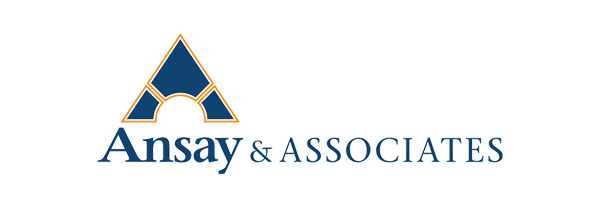From Wipfli Construction & Real Estate
Sixteen chief financial officers (CFOs) from the construction industry met by phone to share leading practices and discuss topics of mutual interest based on an agenda created through a series of pre-interviews. From Wipfli, Brian Bohman, Partner and Leader of Wipfli’s Construction Industry Practice; Alex McBride, Senior Manager of Construction Advisory Services at Wipfli; and Julia Johnson, Director of Talent Management Consulting at Wipfli, hosted the exchange, and Austin Evans of Profitable Ideas Exchange facilitated. The focus of the discussion covered the following topics over the course of the hour: material shortage and labor shortage.
MATERIAL SHORTAGE
Wipfli’s Brian Bohman opened the conversation around a key area of interest: supply chain disruptions.
With many organizations still grappling with material shortages as a result of the COVID-19 pandemic, many CFOs have since discovered workarounds for the long and unpredictable wait times in material procurement. The delays have forced those in the construction industry to get creative in their problem solving, with one participant’s organization reusing pieces of equipment that would typically have been discarded. Reusing old doors, lighting fixtures and sourcing materials locally has allowed their subcontractors to continue working.
To alleviate some of the uncertainty around procurement, early communication to suppliers has been a useful proactive approach for many CFOs.
With constant interruptions and added pressures from factors out of their control, some are worried that this approach may put them at odds with other project stakeholders. In order to speed up the procurement process, one executive’s organization has begun obtaining purchase orders even before contract negotiations are completed, holding the completion date open until the materials are delivered to the job site.
High material inflation has some CFOs concerned about impacts from another potential recession in the near future.
Due to extreme material costs, the current period of inflation has met with a nearly unprecedented increase in backlog volume. The group was curious whether there exists a consistent market threshold that clients are willing to accept for material increases. Typical agreements suggest that clients are still tolerating up to a 30-40% cost increase, possibly encouraged by early and consistent communication.
Wipfli’s Alex McBride urged CFOs to reframe the conversation from a contractor problem to a project problem.
He encouraged them to foster a collaborative mindset with clients and subcontractors to address external challenges. Many contractors are requiring a significant down payment to ensure compensation and are using capital to order necessary materials in advance. Beyond material delays, some executives’ organizations have experienced delays at job sites due to knock-on impacts from labor shortages.
With different areas of the industry being impacted in an almost-random fashion, construction companies are having to not only account for their own delays but also for delays in other trades and throughout the supply chain.
To mitigate this, one officer’s company used their capacity to manufacture their own steel molds and custom joists, enabling a more custom fit construction approach with less reliance on pre-manufactured materials.
LABOR SHORTAGE
The conversation’s other key area of interest was the national labor shortage.
The group discussed recruitment and retention strategies that have proven successful, with most executives agreeing that the hybrid work model has been a major differentiator in the war on talent. Companies that have implemented hybrid work models have seen negligible impacts on productivity, and in some cases are experiencing improvements, with executives noticing quicker response times and longer workdays than in the traditional office model. Looking beyond hybrid models, one construction organization has decided to reevaluate their EMR as a way to retain talent and reinforce an employee-centric company culture. They have also built training rooms for in-house apprenticeship programs to support employees looking for career advancement opportunities.
Providing a sense of security through strong benefits is another strategy for developing culture and encouraging retention.
While typical worker’s compensation plans start after the first week of affected work, paying only two-thirds of the individual’s average paycheck, one executive’s organization has attempted to set itself apart by offering wage continuation, telemedicine visits, onsite company nurses and transportation for rehab and doctor visits. By exceeding industry standards in this area, it aims to make employees feel like valued team members and establish a strong motivation to remain with the company.
In an effort to provide CFOs with context around when concerns may wane, Wipfli’s Julia Johnson presented information around a timeline of the current U.S. labor crisis.
Even prior to the pandemic, there were indications the labor market shortage will not be abating in the near future. Baby boomers continue to retire at approximately 10,000 per day, and the impact of COVID-19 may encourage many of these individuals to leave the labor market before they may have otherwise done so — due to health-related concerns and the fact that many are financially able to do so.
With the slow growth of jobs across the national economy, Johnson suggested that offices may need to get accustomed to running at a deficit.
The intense focus on automation across industries may drive development of future technological solutions for staffing concerns, but for the time being, organizations will have to continue to explore creative solutions that address their own specific needs. Creative staffing models will be of critical importance to appeal to workers.












